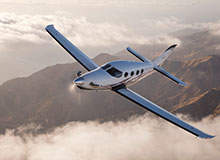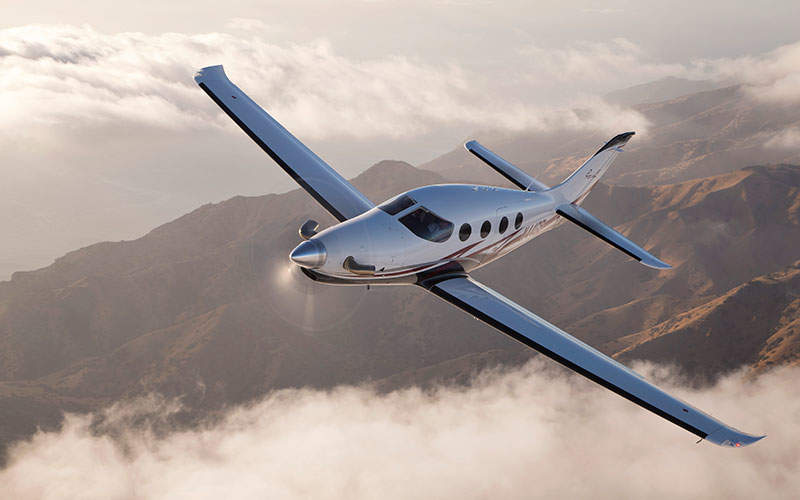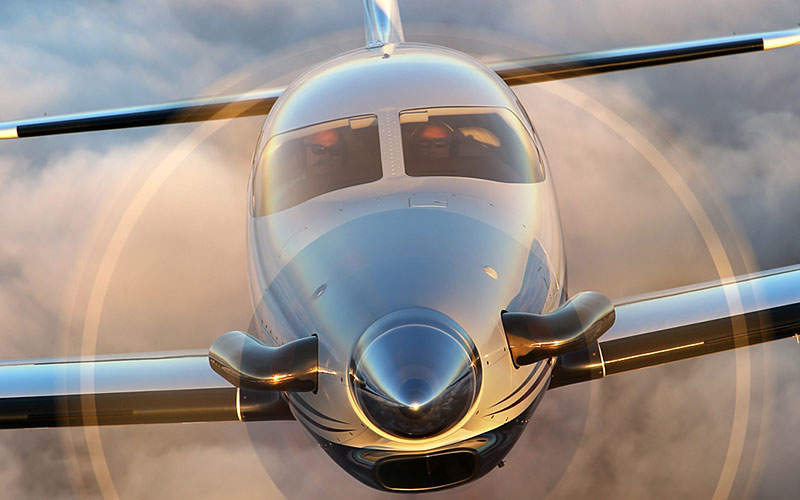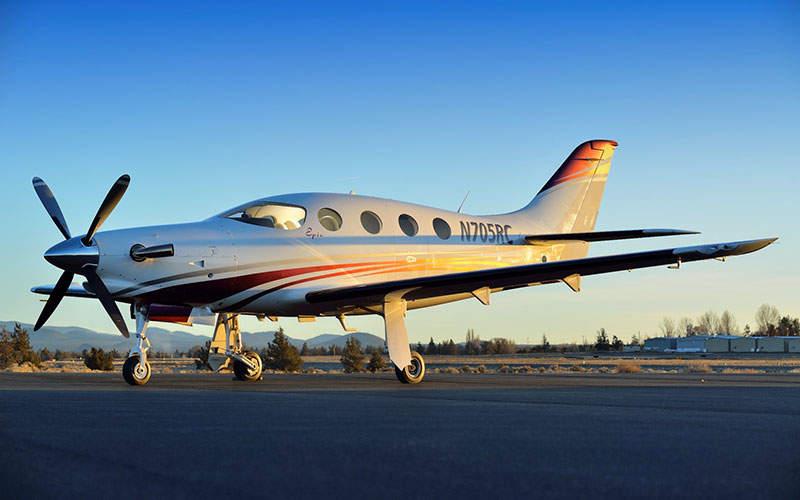Designed and developed by Epic Aircraft, Epic E1000 is a six-seat single-engine turboprop aircraft. The aircraft’s first flight test, named FT1, was completed at the Bend Municipal Airport in December 2015. The maiden flight test lasted for 20 minutes and focused on assessing general handling qualities as well as operational performance systems.
The second and final flight test (FT2) is expected to take place in spring 2016. The test will assess interior and cabin functionality including fuel, hydraulic, avionics, navigational and environmental systems.
Epic Aircraft plans to commence the deliveries of the aircraft soon after achieving type certification from the Federal Aviation Administration (FAA) in 2016.
Epic E1000 aircraft design and features
The Epic E1000 aircraft is designed to address the market need for a high-speed, low-cost aircraft. It will support individual owner pilots, corporate, fractional and charter operations.
Its airframe is constructed with advanced carbon fibre composite material. The airframe has a high strength-to-weight ratio, superior wear resistance, corrosion resistance and improved aerodynamics.
The aircraft includes a rugged trailing link landing gear, which allows smooth landings on both paved and unpaved surfaces. It includes an automatic fuel balancing system and aircraft control system.
It also comes with a steerable nose gear, Parker piston-actuated, hydraulic-operated single disc brakes, and de-icing equipment, including pneumatic boots on wings, plus a heated windshield and propeller.
The exterior dimensions of the aircraft include a length of 35.8ft, height of 12.5ft and wingspan of 43ft. The wing area of the aircraft is 203ft².
Flight deck and avionics on the Epic E1000
The aircraft includes an all-glass flight deck integrated with a three-screen Garmin G1000 avionics suite. It includes synthetic vision displays, engine and airframe interface, and weather, traffic, automatic dependent surveillance broadcast (ADS-B) systems. The avionics further include GPS, leather-detailed carbon fibre yoke facilitates, one-handed flight operations and integration with e-tablets and EFB devices.
The aircraft comes with Garmin GTS 825 traffic avoidance system (TAS), and IntelliFlight 2100 autopilot. It also includes digital backup instruments, XM weather, Jeppesen unlock card, optional radar, iridium transceiver and radar altimeter.
E1000 aircraft cabin details
The spacious cabin of the E1000 can accommodate six passengers. The cabin dimensions include a length of 15ft, width of 4.6ft and height of 4.9ft. The aircraft includes upgraded crew and passenger seating with enhanced cabin amenities and expanded interior storage. The cabin features spacious head and legroom, which can accommodate 6ft 8in-tall pilots and passengers.
The cabin is facilitated with headset jacks, power ports, beverage holders, air vents and fingertip-adjustable LED reading lights. It also features Enviro-systems® pressurisation and outflow solutions, and ground-operable air conditioning system.
Engine and performance details
The Epic E1000 is powered by a Pratt & Whitney Canada PT6A-67A turbine engine, which generates flat-rated mechanical power of 1,200hp. The aircraft has a fuel capacity of 300gal, including 288gal of usable fuel.
The aircraft can fly at a maximum cruise speed of 325k and economy cruise speed of 265k. The maximum range is 1,385nm, whereas the economy range is 1,650nm. The service ceiling is 34,000ft, which can be climbed in 15 minutes.
The aircraft has an empty weight of 4,400lb and maximum take-off weight of 7,500lb. It can carry a maximum payload up to 1,120lb with full fuel. The takeoff and landing distances of the aircraft are 1,600ft and 1,840ft respectively.







